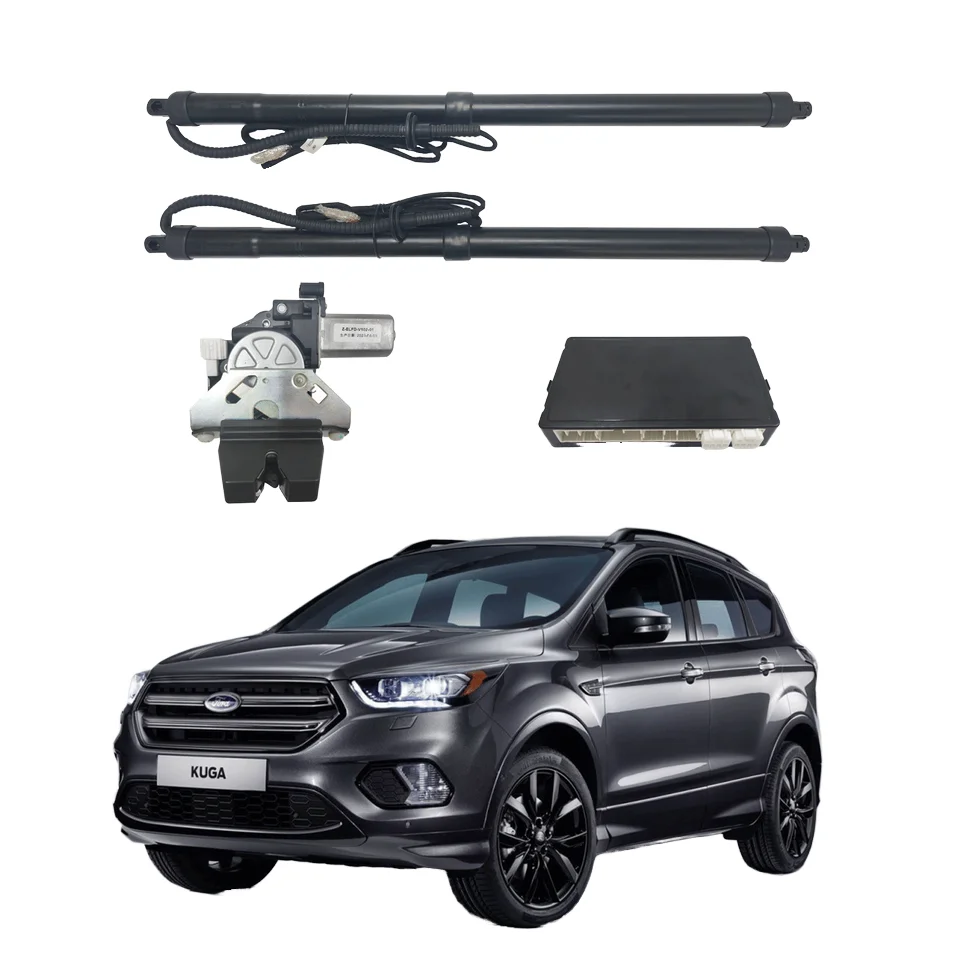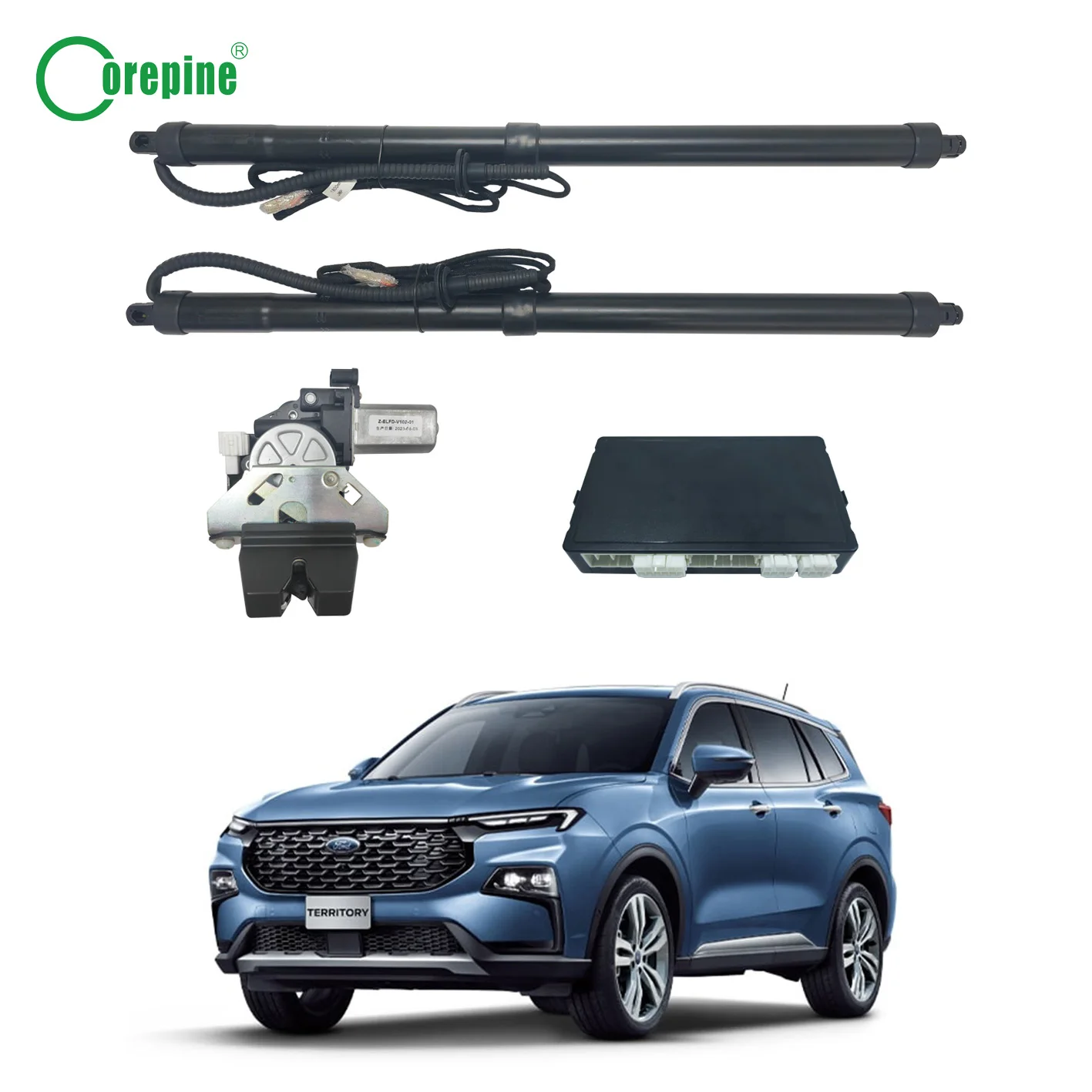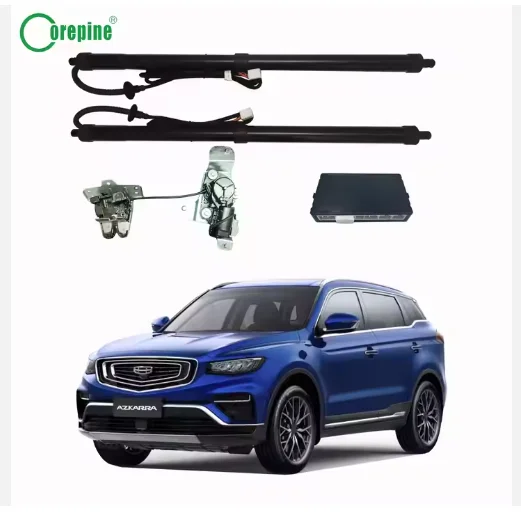The process of retrofitting auto tailgates demands meticulous attention to vehicle-specific design requirements. Each manufacturer creates vehicles that may slightly differ in design, materials, and technology, making it crucial for retrofit components to align seamlessly with the existing structure. Original Equipment Manufacturer (OEM) specifications play a fundamental role in this process by providing explicit guidelines that ensure new components uphold the vehicle's intended aesthetics and functionality. For instance, while retrofitting a power liftgate, following OEM standards is essential to maintain the operational harmony within the vehicle's engineering framework. A case study involving the retrofitting of a power tailgate to a specific model showed that adherence to design specifics prevented possible compatibility issues, ensuring smooth operation without deviating from the original design elements. This highlights the broader necessity for precision and adherence to detail in maintaining both the visual and functional integrity of vehicles when implementing aftermarket modifications.
Integrating new liftgates into a vehicle’s existing electrical system presents a range of complexities that must be navigated with care. The intricacies lie primarily in how the new components interact with the current vehicle wiring and electronics. Ensuring proper connectivity often involves revising the power supply lines to accommodate the additional demand without jeopardizing other electronic units. This includes addressing the necessity of maintaining the correct voltage levels to keep the system functioning optimally. Industry studies frequently highlight challenges such as inconsistent power flow and connectivity errors, which can arise from incorrect integration methods. Without adherence to precise electrical schematics, the operation of a newly retrofitted liftgate, such as a hands-free power liftgate, can be unpredictable, potentially leading to system failures. Consequently, meticulous planning and execution are necessary to mitigate these risks, ensuring the reliability of the vehicle's overall electronic systems.
Structural modifications necessitated by retrofitting efforts often involve significant changes, such as alterations to the vehicle frame and adjustment of physical connections. These modifications are critical for ensuring that new components, like a power rear liftgate, fit securely and integrate without altering the car's performance dynamics. However, improper alignment during installation can lead to a cascade of issues affecting both the functionality and aesthetic appeal. Metrics show that misaligned liftgates not only reduce operational efficiency but can also increase the risk of safety hazards. To counter these potential risks, it is imperative to employ precise measurements and high-level engineering to ensure that each component aligns seamlessly. This precision not only maintains the vehicle's original structural intent but also precludes complications that might arise from hastily executed modifications. The objective is to preserve the car’s integrity, ensuring both safety and optimal performance with minimal disruption to the vehicle's design and function.
Programming the controls of a power liftgate to seamlessly integrate with existing vehicle systems presents significant complexities. It is essential for ensuring the liftgate responds accurately to user commands without causing glitches across the vehicle's electronic architecture. The inclusion of robust safety features is equally important as they prevent the accidental closure or malfunction that might compromise user safety. For instance, integrating sensors to halt operation if an obstruction is detected is crucial. Statistics show that common programming errors, such as incorrect sensor calibration, directly impact user experience and could lead to inadvertent damage or injury.
Weatherproofing is a critical consideration in power liftgate installation to shield electronic components from elements like rain, dust, and temperature extremes. Employing materials such as corrosion-resistant metals and durable seals ensures that the liftgate's functionality is preserved even in harsh climates. Techniques to prevent corrosion, such as effective waterproofing and the use of rust-resistant alloys, significantly enhance the liftgate's longevity and performance. Studies have demonstrated that investment in high-quality weatherproofing can considerably extend the lifespan of automotive components, thereby offering better value over time.
Post-installation functional testing is paramount to identify any discrepancies in performance following the retrofit of a power liftgate. Various tests, including load tests, electrical diagnostics, and mechanical assessments, are necessary to validate the efficient operation of the liftgate. Following industry standards ensures thorough evaluation and confirmation of the installation's success, preventing issues such as unexpected closure or power failure. Through comprehensive testing, installers can guarantee alignment with safety standards and overall liftgate functionality, reducing the risk of future operational failures.
The Corepine Smart Electric Power Automatic Car Tailgate Lift System Kit for the Ford Kuga (2017-2019) exemplifies precision engineering tailored uniquely to this model, ensuring a seamless retrofitting experience. This system is meticulously designed to integrate effortlessly with the Ford Kuga’s existing architecture, minimizing installation challenges and maximizing efficiency. Such precision is achieved through careful engineering, which reduces installation time and enhances reliability. Testimonials from users underline the ease of installation and operation, with many noting significant improvements in vehicle functionality. This endorsement highlights the efficacy of precision engineering in addressing common retrofitting challenges.

The Corepine Kit for the 2022 Ford Territory introduces advanced power tailgate features, enhancing convenience and safety. Key elements include hands-free activation and integrated safety features like obstacle detection and an automatic reversal mechanism. These innovations not only streamline operation but also mitigate common retrofitting challenges by ensuring user-friendly and secure functionality. Performance comparisons with older models reveal significant improvements in responsiveness and reliability, contributing to a superior user experience. The advanced technology embedded in this kit underscores Corepine's commitment to elevating vehicle customization standards.

Corepine has also developed smart liftgate technology specifically for the Geely Azkarra, focusing on innovation and compliance. This system integrates seamlessly with the vehicle's systems, promising reduced complexity and enhanced operational reliability. By adhering to stringent safety protocols and reliability standards, this technology effectively addresses potential retrofitting issues and ensures a high level of safety and functionality. Case studies have documented successful retrofits, highlighting this system's capability to deliver enhanced user satisfaction and operational excellence in retrofit scenarios.

Conducting thorough pre-installation checks is crucial to ensuring retrofit success, particularly for power liftgates. These checks help confirm that all components fit the specific model of the vehicle, minimizing issues that can arise after installation. Industry best practices for compatibility verification include meticulous examination of vehicle specifications and using templates or mock-ups before proceeding with the actual installation. According to recent data, performing comprehensive pre-installation checks can reduce failure rates by up to 30%, ensuring a smoother retrofit process.
Selecting OEM-grade components is vital for enhancing both reliability and fit during the retrofitting of power liftgates. Key criteria include ensuring that parts meet manufacturer specifications, have a proven track record of durability, and offer compatibility with existing vehicle systems. The advantages of using OEM parts extend beyond initial reliability, offering warranty protections that safeguard consumers from unforeseen issues. Experts suggest that using OEM components can significantly increase retrofit success rates, providing peace of mind and an overall boost in safety.
Considering warranty options during the retrofitting process acts as a critical safety net for consumers. A comprehensive warranty not only covers defects but also provides assurances against potential installation issues. Equally important is developing strategies for long-term maintenance to sustain the performance of power liftgates. Routine checks and adjustments can resolve minor issues before they lead to costly repairs. Reports indicate that warranties closely correlating with customer satisfaction often result in higher retention rates, emphasizing their significance in retrofit decisions and post-installation care.